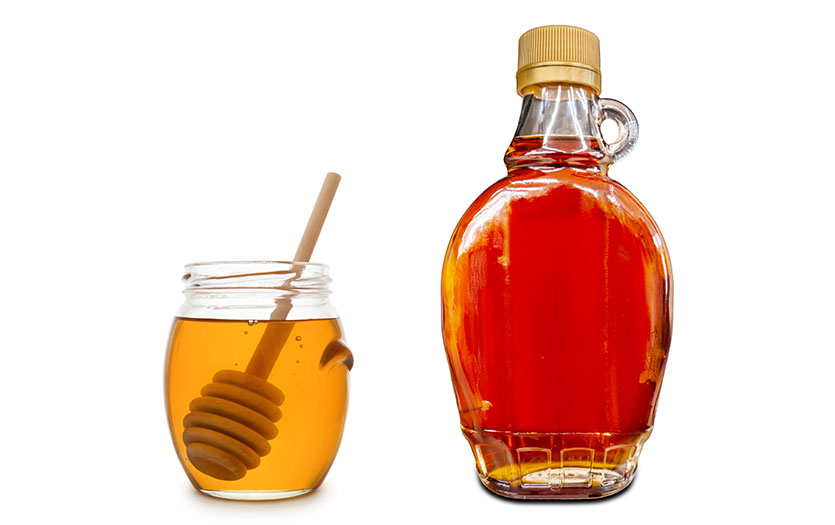
Tis the season for paying attention to our diets. Many of us follow up the holiday season with an aggressive “dieting” season. This year, Leigh Ann Brooks, RN, BSN, RD, CD, CDE, nursing services operational lead, Diabetes Education Center, suggests focusing on your “meal plan” rather than “diet”.
Dieting seems short term, as if we’re only adhering to it until we reach a weight goal. Meal planning creates a more long-term feel for our nutritional needs. With diabetes, controlling both weight and blood sugar can be a challenge. While it’s important not to neglect the total calories for weight control, people with diabetes also need to focus on the portion of the calories, which will impact their blood sugar.
Carb sources
Our food calories come from three sources: carbohydrates, protein and fat. While protein and fat calories don’t increase blood sugar significantly, carbohydrate calories can have a big impact. Focusing on the number of grams of carbohydrates you consume can make a big difference in our blood sugar. Checking your blood sugar two hours after a meal can help guide us in knowing the correct amount of carbohydrates our body needs. Eliminating carbohydrates is not the answer, having the right amount for your calorie needs is key. Learning to count the carbohydrates you are consuming can be helpful in determining the right amount for your body.
Carbohydrates are found in starchy foods, such as grains, rice, cereal, pasta, corn, peas, potatoes and soup beans. In addition, carbohydrates are found in all fruits and fruit juices, milk, yogurt and sweets or desserts. Juices, regular soda and other sweetened beverages can significantly spike blood sugar. Reading food labels is key to understanding how many carbohydrates are in servings of these food items.
Read your labels
When looking at food labels, the first item to note is the portion size listed. This portion size may not be the amount you eat, but it is the amount all the numbers on the food label are referencing. Next, look at the total carbohydrate line item to determine the number of grams that are found in the listed portion size. This is the number of grams that will impact your blood glucose. Sugars are also listed on the food labels, but only reflect a portion of the carbohydrates. Total carbohydrates include sugars as well as any additional carbohydrates that will also impact blood sugar. By tracking the grams of carbohydrates you consume in addition to monitoring your blood sugars, you can determine the correct amount of carbohydrates your body needs to maintain good blood sugar control.
If you are not sure how many calories or carbohydrates you should consume, seeking professional help from a registered dietitian or certified diabetes educator can be very helpful. Your doctor can refer you to the Diabetes Treatment Center at Parkview for additional support. The Diabetes Center staff can be reached at (260) 373-4280.



